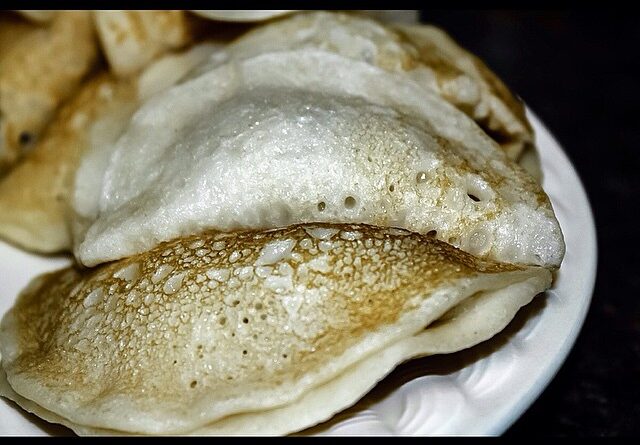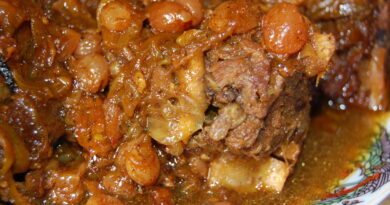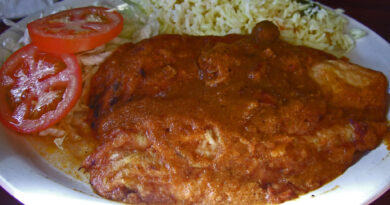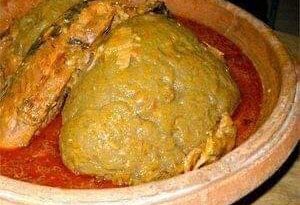Qatayef
Exploring the Delightful World of Qatayef: A Culinary Journey Through Middle Eastern Sweetness
Introduction: In the bustling streets of the Middle East, amidst the vibrant colors and aromas of spice markets, there exists a dessert that captures the essence of tradition and indulgence: Qatayef. This delectable treat, with its delicate pancake-like exterior and sweet, aromatic fillings, has been tantalizing taste buds for centuries. Join us on a journey through the history, ingredients, preparation, and cultural significance of Qatayef, as we uncover the secrets behind this beloved dessert.
Origins and Historical Significance: Qatayef’s origins can be traced back to the kitchens of the Levant, where it has been a cherished part of Middle Eastern cuisine for generations. The name “Qatayef” is derived from the Arabic word “qutayfah,” meaning “to fold” or “to wrap,” a nod to the way the dessert is prepared. Historically, Qatayef was served during the holy month of Ramadan, symbolizing the sweetness and celebration of the Eid al-Fitr festival that marks the end of fasting.
Ingredients and Variations: At its core, Qatayef consists of a simple batter made from flour, yeast, water, and a pinch of sugar and salt. This batter is poured onto a hot griddle to form thin, crepe-like pancakes, which are then filled with a variety of sweet fillings. The most traditional filling is a mixture of nuts (such as walnuts or pistachios), sugar, and aromatic spices like cinnamon and cardamom. However, Qatayef can be filled with a myriad of other ingredients, including cheese, cream, dates, or even chocolate, allowing for endless creativity and personalization.
Preparation and Cooking Techniques: The art of making Qatayef requires precision and patience. First, the batter is prepared and left to rest, allowing the yeast to activate and the flavors to develop. Once the batter is ready, small rounds are poured onto a hot griddle, where they cook until bubbles form on the surface. The pancakes are then quickly flipped to cook the other side, resulting in golden-brown, slightly crispy edges.
Next comes the filling process, where each pancake is carefully folded or rolled around a spoonful of the chosen filling, creating a crescent or half-moon shape. Some variations of Qatayef are sealed with a simple pinch along the edges, while others are left open-faced, allowing the filling to peek through enticingly.
Cultural Significance and Occasions: Qatayef holds a special place in Middle Eastern culture, particularly during festive occasions and religious celebrations. It is commonly enjoyed during Ramadan as a sweet treat to break the day-long fast, with families coming together to share plates of freshly made Qatayef. Additionally, Qatayef is a popular dessert served during weddings, births, and other joyous gatherings, symbolizing abundance, hospitality, and prosperity.
Beyond its role in celebrations, Qatayef also serves as a symbol of cultural identity and tradition, passed down through generations as a cherished family recipe. Each household may have its own unique twist on the classic recipe, adding to the diversity and richness of Middle Eastern cuisine.
Nutritional Value and Health Considerations: While Qatayef is undeniably indulgent, it also offers some nutritional benefits, particularly when made with wholesome ingredients like nuts, fruits, and dairy. Nuts provide protein, healthy fats, and essential nutrients, while fruits contribute vitamins and antioxidants. However, it’s important to enjoy Qatayef in moderation, as it can be high in sugar and calories, especially when filled with sweet creams or syrups.
Modern Adaptations and Innovations: In recent years, Qatayef has undergone modern adaptations to suit changing tastes and dietary preferences. Health-conscious versions may use whole wheat flour or alternative sweeteners, while vegan options replace dairy with plant-based alternatives. Additionally, creative chefs and home cooks have experimented with unconventional fillings and presentations, adding a contemporary twist to this beloved dessert.
Conclusion: Qatayef represents more than just a sweet treat; it’s a culinary journey through the rich tapestry of Middle Eastern culture and tradition. From its humble origins in the Levant to its presence on festive tables and family gatherings, Qatayef embodies the spirit of hospitality, generosity, and joy. As we savor each bite of this exquisite dessert, let us celebrate the timeless flavors and timeless traditions that make Qatayef a beloved symbol of Middle Eastern sweetness.



